
Movie sex scenes are a time capsule of our evolving norms around relationships and consent. The following 10 went out of bounds in various ways that wouldn’t pass muster in our new era of intimacy coordinators.
1. Romeo and Juliet (1968)
The two stars of 1968′s Romeo and Juliet sued Paramount Pictures in 2022 for more than $500 million over a scene they shot as teenagers.
Olivia Hussey, then 15 and now 72, and Leonard Whiting, then 16 and now 73, said director Franco Zeffirelli, who died in 2019, misled them by saying they would wear flesh-colored undergarments in an intimate scene, but informed them on the morning of the shoot that they would wear only body makeup. (They’re pictured in the main image, above.)
He also told them they would be filmed in a way that would not show nudity, according to the suit. As countless ninth graders who have watched the movie in English class can attest, that isn’t how it worked out.
2. Last Tango in Paris (1972)
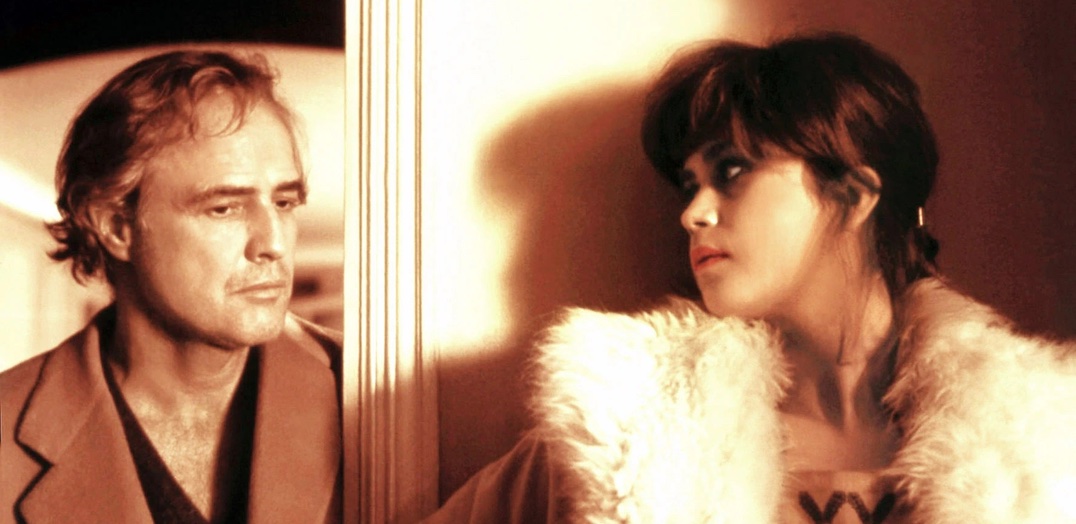
A master class in how not to direct sex scenes. Thirty-year-old director Bernardo Bertolucci and 48-year-old star Marlon Brando decided the morning of the movie’s most infamous sex scene to incorporate butter into it, but didn’t tell 19-year-old lead actress Maria Schneider about it until the cameras were rolling.
“I wanted her reaction as a girl, not as an actress,” Bertolucci, who died in 2018, later said. “I wanted her to react humiliated.” Schneider, who died in 2007, said she did indeed feel violated by the scene.
When the scene received renewed scrutiny in 2016, Bertolucci clarified that Schneider was aware that the scene would be violent, and that it was in the script, but that the “the only novelty was the idea of the butter. … And that, as I learned many years later, offended Maria. Not the violence that she is subjected to in the scene, which was written in the screenplay.” He also clarified that the sex in the film is all simulated.
3. Pretty Baby (1978)
The new Hulu documentary Brooke Shields: Pretty Baby catalogues the countless ways that Hollywood men sought to sexualize Shields from an early age. The film takes its title from Pretty Baby, the Louise Malle film based on a true case of a 12-year-old, raised in a brothel, and forced into exploitation by her mother.
The film sympathizes with Shields’ character, Violet, but raised understandable alarm because it shows Shields undressed. The film was deemed so problematic even by 1978 standards that it sparked countless articles debating its decency, and the British Board of Film Classification carefully debated whether it should be legal.
One dubious scene: a kiss between Shields, who was 11 at the time, and 28-year-old co-star David Carradine — though Shields said recently on The Drew Barrymore Show that Carradine was “gracious” and “protective” of her on set.
4. Revenge of the Nerds (1984)
You could write whole articles about the problems with Revenge of the Nerds, and many people have, but one of the main ones is a scene in which nerds use hidden cameras to watch sorority women in various states of undress. It’s a felony, nerds.
5. Revenge of the Nerds, Again (1984)
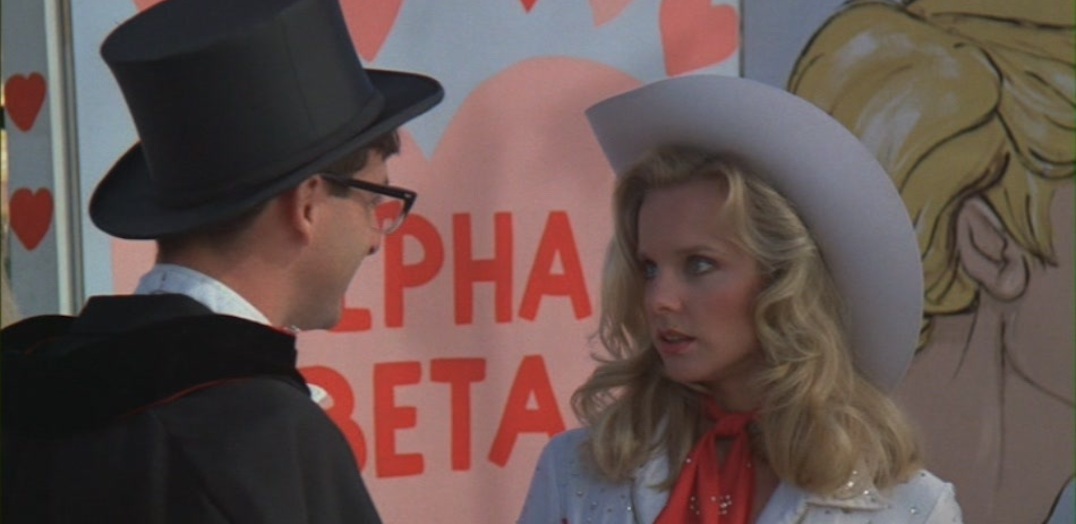
The most troubling part of Revenge of the Nerds is a scene in which lead nerd Lewis (Robert Carradine), the supposed hero of the movie, wears a mask to trick a fellow student into believing he’s her boyfriend. After they have sex, she’s delighted by how good it was, which is the movie’s way of justifying the criminal deception. Terrible lessons all around.
6. Sixteen Candles (1984)
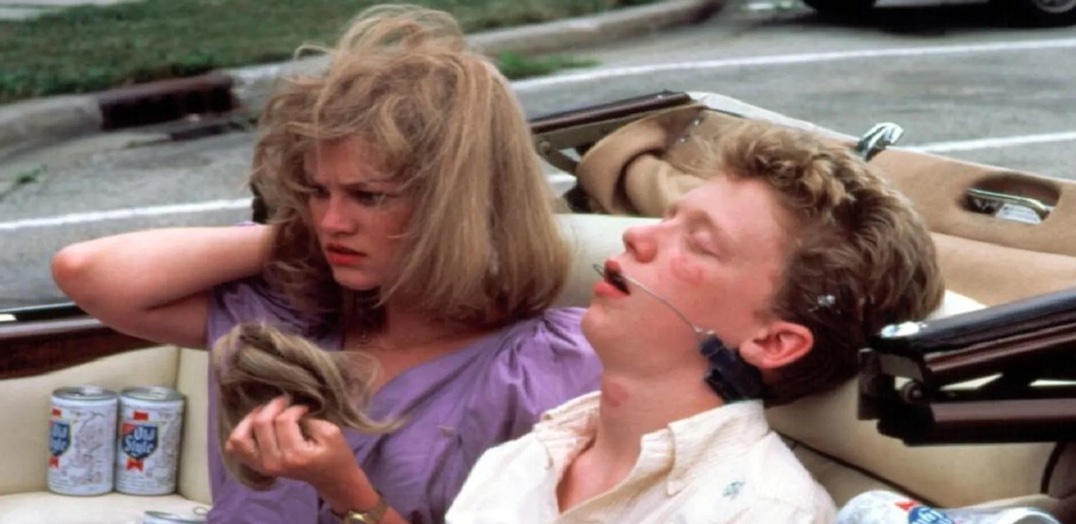
Sixteen Candles is another film in which the awfulness of a character’s behavior is compounded by the movie expecting us to like him. Jake Ryan (Michael Schoeffling) is presented as the dream guy of our heroine, Samantha (Molly Ringwald). But at one point Jake passes off his unconscious girlfriend, Carloline (Haviland Morris), to another guy, Ted.
Jake tells Ted, “Have fun.” The next day, Caroline and the Ted conclude that they had sex. He asks if she enjoyed herself, and she says, “You know, I have this weird feeling I did,” which is the movie’s way of justifying the guys’ behavior.
7. Basic Instinct (1992)
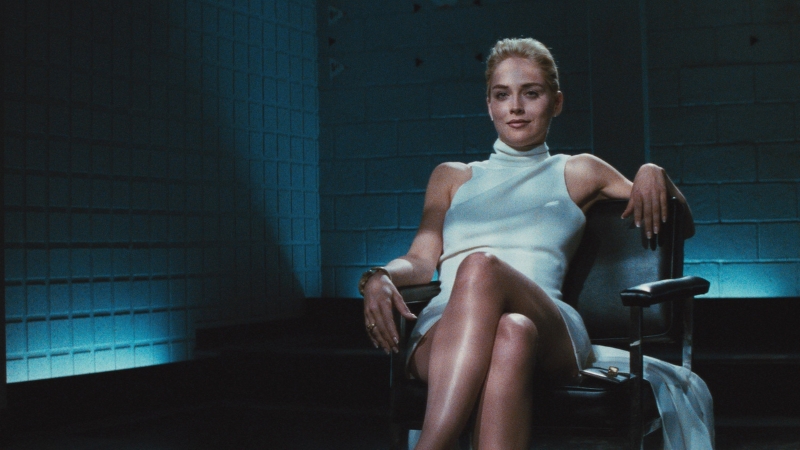
Sharon Stone wrote in her memoir The Beauty of Living Twice that she was tricked into the most revealing scene in Basic Instinct by a crew member who told her she needed to remove her underwear because it was “reflecting the light.”
She said she was so shocked by the end result that she slapped director Paul Verhoeven and immediately called her lawyer — but that she eventually agreed to the release of the scene. Verhoeven later said Stone was a willing participant in the scene and “knew exactly what we were doing,” which she disputes.
Stone told the Table for Two podcast earlier this year that she lost custody of her child in a 2004 court case because of her role in the film.
“I lost custody of my child,” she said. “When the judge asked my child — my tiny little tiny boy — ‘Do you know your mother makes sex movies?'”
She lamented “this kind of abuse by the system… that I was considered what kind of parent I was because I made that movie.”
8. Poison Ivy (1992)

We don’t think depictions of bad behavior are endorsements of it, and Poison Ivy in no way suggests that there’s anything OK about the relationship between Ivy (played by a then-16-year-old Drew Barrymore) and her friend’s dad (a then-58-year-old Tom Skerritt).
Despite sex scenes, the film wasn’t intended as gross exploitation — it even premiered at the prestigious Sundance Film Festival.
Director Katt Shea has said she and Skerritt were well aware of the potential problems inherent in the relationship between Ivy and the much older character, and that she was protective of Barrymore, using a body double for her in certain scenes.
Nonetheless, she said in an interview in 2022: “I don’t think that movie would be made today, period.”
9. L—-a (1997)
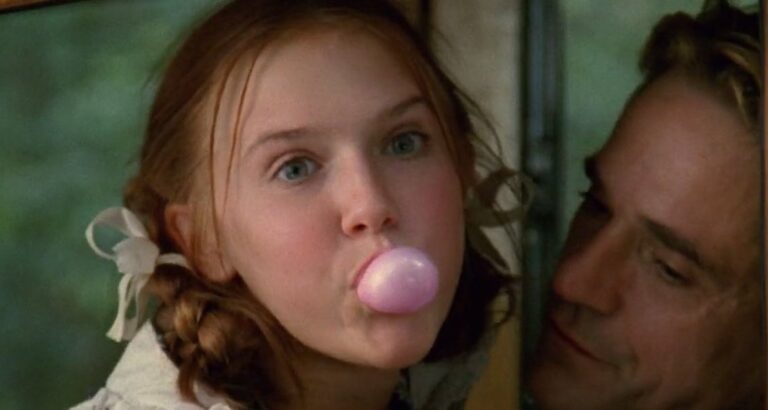
We can’t even type the name of this movie, based on the masterful Vladimir Nabakov novel, without freaking out internet censors. You can blame gross people who use it as a euphemism for despicable criminal conduct.
Stanley Kubrick’s 1962 adaptation of Navabov’s novel proved that you didn’t need to be explicit to tell the mortifyingly sad story of Humbert Humbert, who abducts and abuses his young stepdaughter, Dolores Haze, while lying to the audience and himself that it’s a consensual love affair instead of a serious of horrendous crimes.
Adrian Lyne’s 1997 version decided that relaxed standards in the 1990s would allow him to finally adapt Vladimir Nabakov’s novel without leaving things to the imagination — but his timing was very bad. During the making of the film, President Clinton just signed the Child Pornography Prevention Act, which banned depictions of sexual activity by minors. (The Supreme Court later ruled that it was unconstitutional.)
Though Lynn was using an adult body double for 15-year-old lead actress Dominique Swain, distributors were so spooked that the film debuted not in theaters, but on Showtime.
Lynn may have just gone about the whole thing wrong: Nabakov’s novel contains not a single dirty word. Kubrick’s adaptation was up to the challenge of adapting it, with similar restraint, and Lyne’s artistic endeavor felt unnecessary and misguided.
10. Blue Is the Warmest Color (2013)
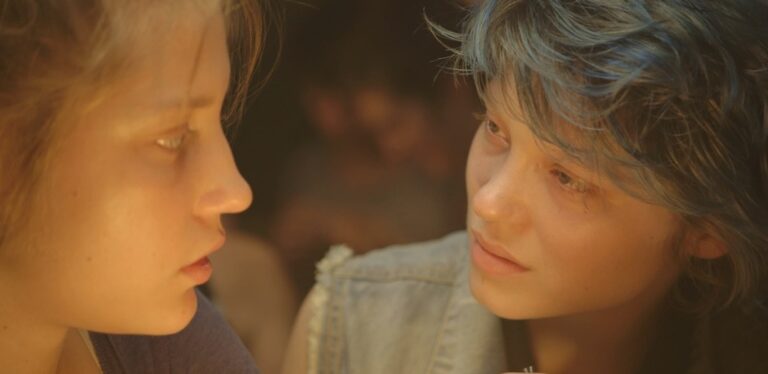
The film by Abdellatif Kechiche led a Cannes Film Festival jury to give the Palme d’Or prize to not only the director, but also his two lead actresses, Léa Seydoux and Adèle Exarchopoulos. But Seydoux said soon after that the long takes of intimate scenes were “kind of humiliating sometimes, I was feeling like a prostitute.”
Kechiche said of the critcism: “If Seydoux lived such a bad experience, why did she come to Cannes, try on robes and jewelery all day?” he said. “Is she an actress or an artist of the red carpet?” He also said the film shouldn’t be released, because it was too “sullied.” But it was released in the end.
If You Liked This List of Sex Scenes Someone Should Have Stopped, Here’s the Right Way to Shoot Sex Scenes
Look, no one’s saying people can’t make sex scenes or that sex scenes are inherently bad. But in recent years, directors have learned that there’s a right way and a wrong way to shoot them, and that clear planning and boundaries can make for a better scene.
Here’s a good essay by Lauren Greenhall, director of the new indie erotic thriller Perfectly Good Moment, about how an intimacy coordinator made the film better and more comfortable for everyone.
You might also enjoy this interview with Drive-Away Dolls creators Ethan Coen and Tricia Cooke, in which they talk about how intimacy coordinator Chelsea Pace helped the sex scenes in their upcoming film, a lesbian road trip comedy thriller.
“Not having familiarity with intimacy coordinators, I didn’t know what to expect,” Coen says in the story. “I thought it might be a resident pain in the ass, but ours was Chelsea Pace, and she was great. An intimacy coordinator, properly understood, is really helpful and useful.”
Coen compares her work to that of a stunt coordinator: “She helps demystify and release tension around intimacy issues,” he says.
Editor’s Note: Corrects typo in headline
